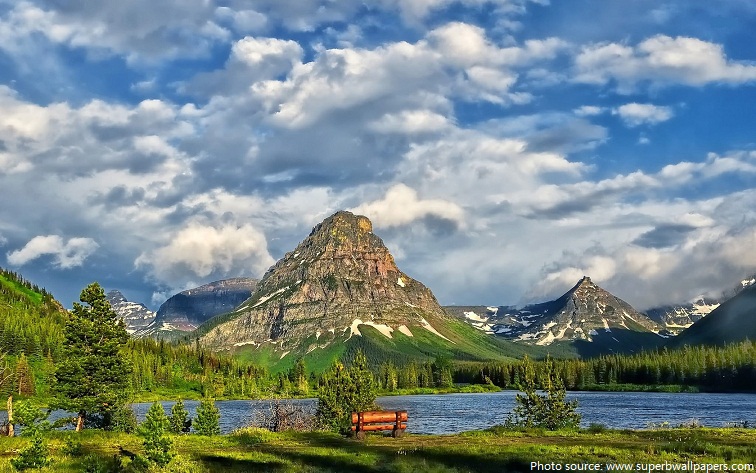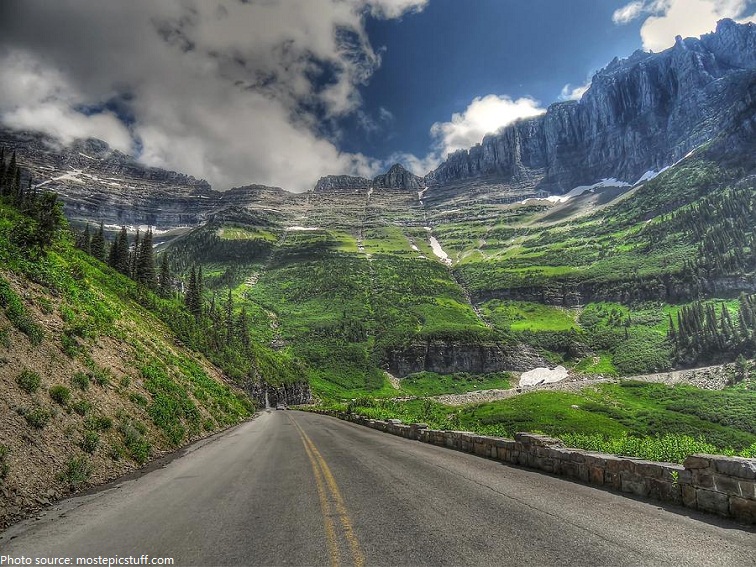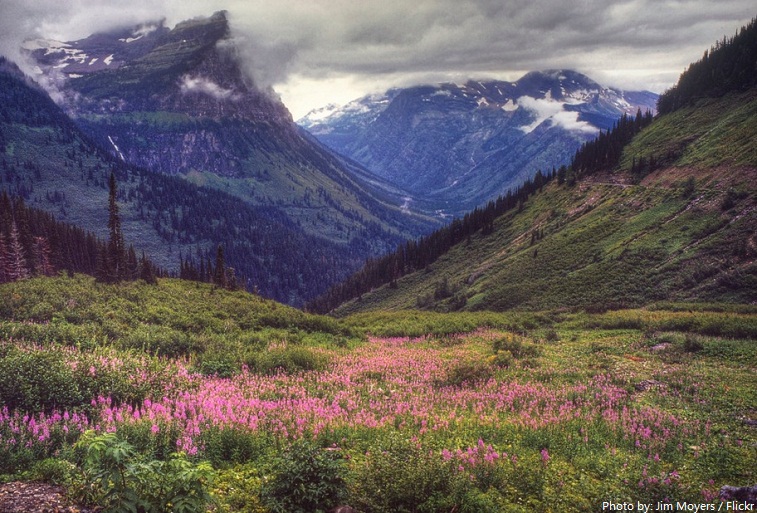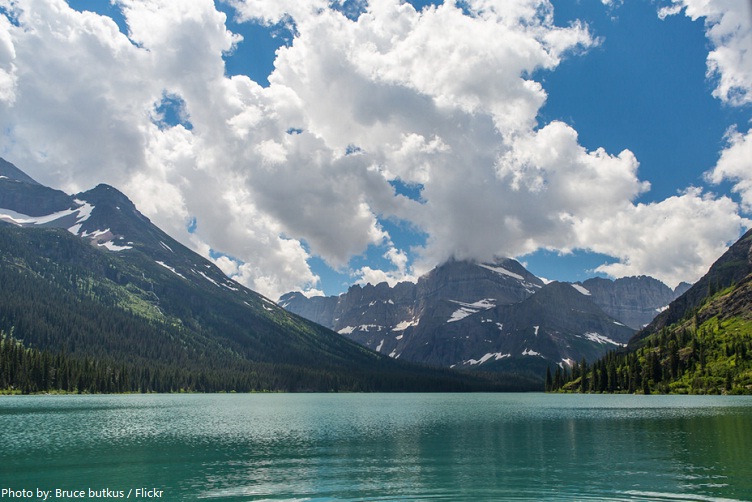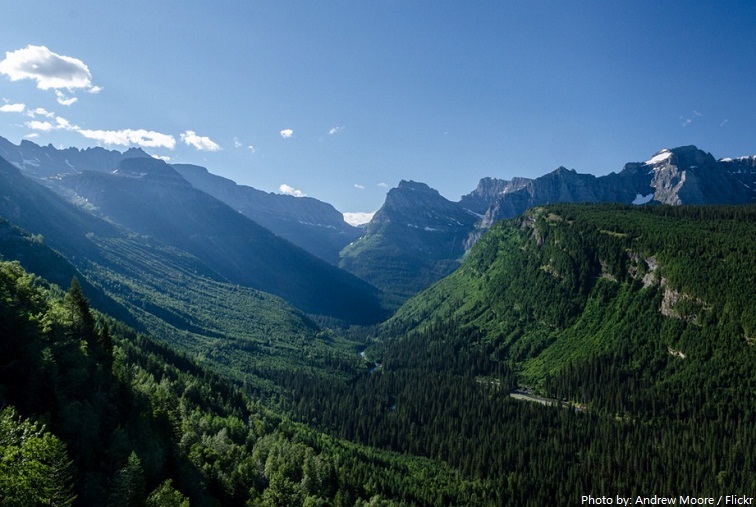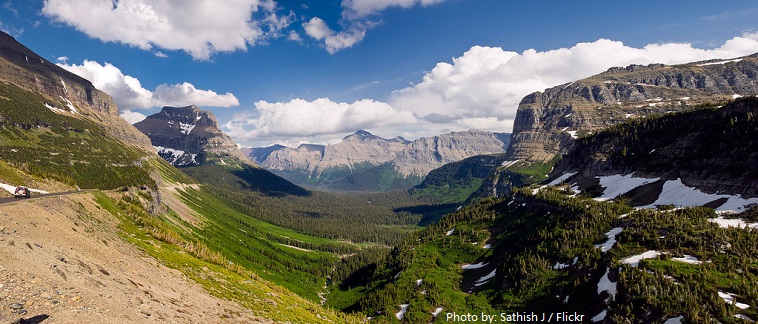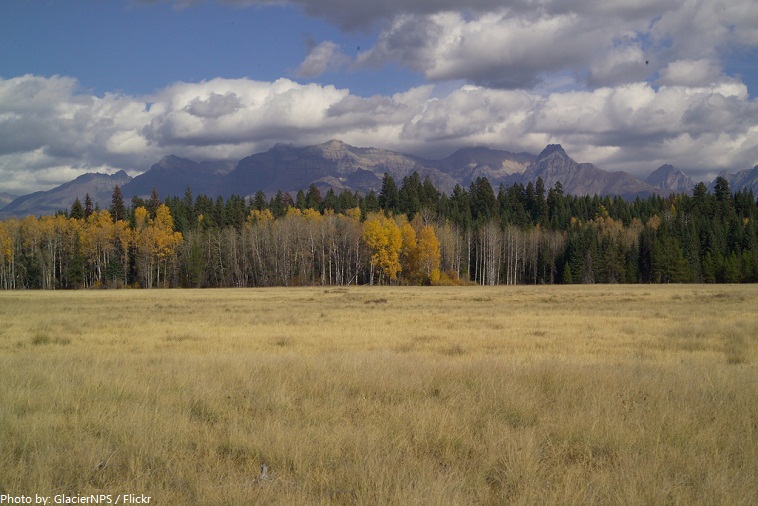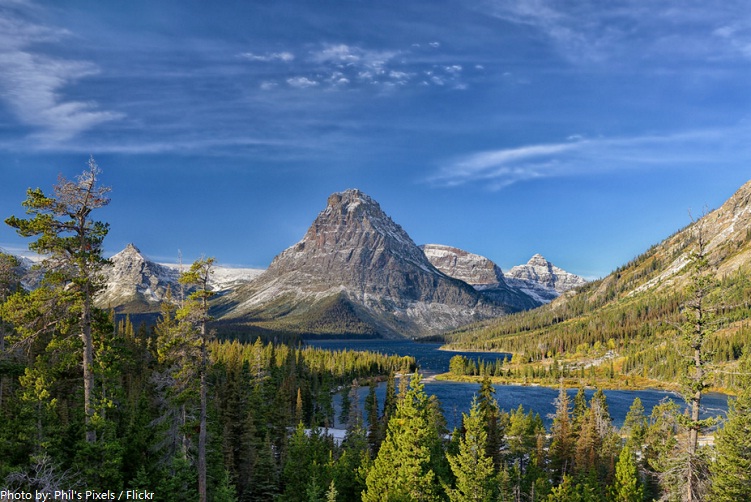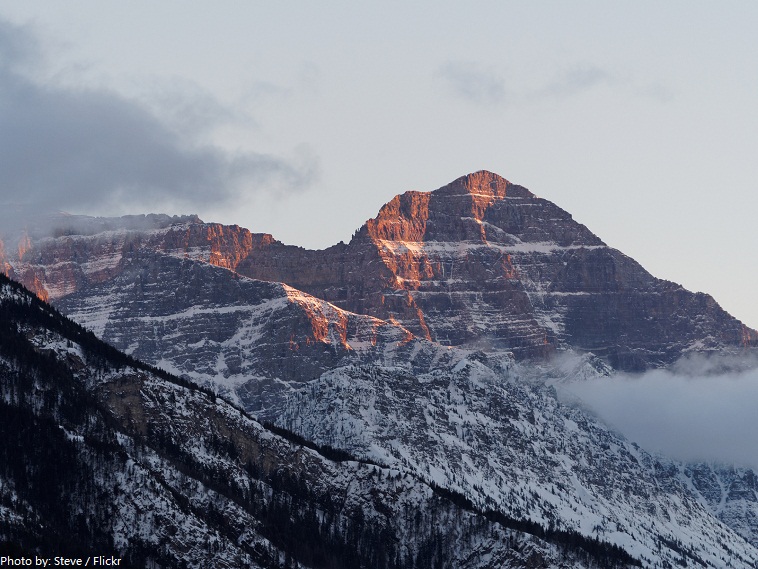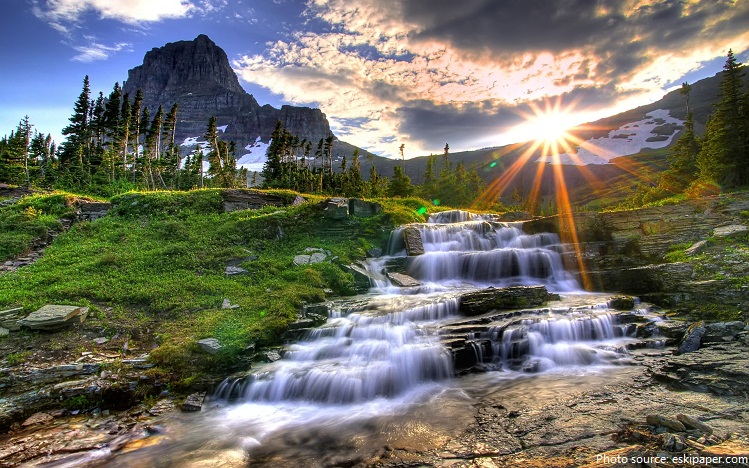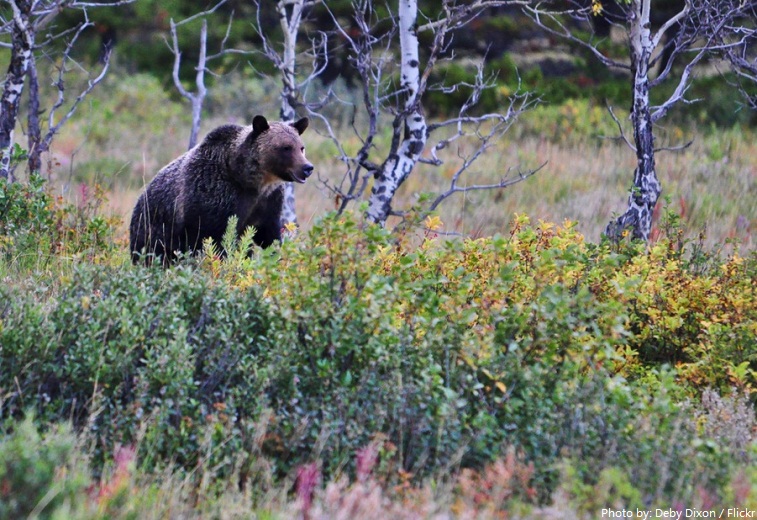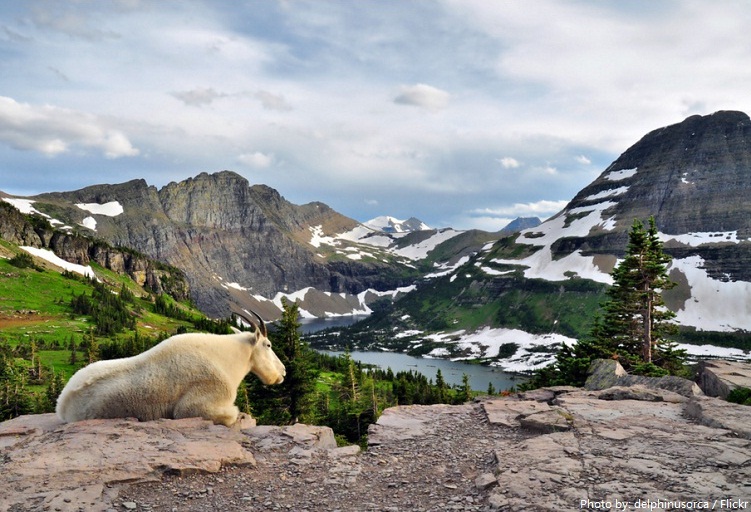Glacier National Park is a national park located in the U.S. state of Montana, on the Canada–United States border with the Canadian provinces of Alberta and British Columbia.
Glacier National Park was established as a park on May 11, 1910.
Glacier National Park and Canada’s Waterton Lakes National Park was established as the first International Peace Park in 1932.
The park encompasses over 400,000 hectares (1 million acres) and includes parts of two mountain ranges (sub-ranges of the Rocky Mountains), over 130 named lakes, more than 1,000 different species of plants, and hundreds of species of animals.
With over 1,120 kilometers (700 miles) of trails, Glacier is a hiker’s paradise for adventurous visitors seeking wilderness and solitude.
Many trails are short and simple, but a few exist that will challenge even the most experienced hiker.
The Going-to-the-Sun Road is one of the main highlights in Glacier National Park but there are several options for places to go and things to see. This engineering marvel spans 80 kilometers (50 miles) through the park’s wild interior, winding around mountainsides and treating visitors to some of the best sights in northwest Montana.
Logan Pass (elevation 2,026 meters (6,646 feet)) is the highest point on the Going-to-the-Sun Road. At Logan Pass, Reynolds Mtn and Clements Mountain tower over fields of wildflowers that carpet the ground throughout the summer. Waves of yellow glacier lilies pushing up through the snow are quickly replaced by a variety of alpine plants adapted to this harsh, but spectacularly beautiful, habitat.
The Many Glacier region is located north of the Going-to-the-Sun Road, on the east side of the park.Many people consider this area the heart of the park. Massive mountains, active glaciers, sparkling lakes, hiking trails, and abundant wildlife make this a favorite of visitors and locals alike.
Lake McDonald is the largest lake in Glacier National Park.Lake McDonald is approximately 16 kilometers (10 miles) long, and over 1.6 kilometers (1 mile) wide and 130 meters (472 feet) deep, filling a valley formed by a combination of erosion and glacial activity.
Lake McDonald Valley is the hub of activity on the west side of Glacier National Park. Once occupied by massive glaciers that carved this area thousands of years ago, the valley is now filled with spectacular sights, hiking trails, diverse species of plants and animals, historic chalets, and the grand Lake McDonald Lodge.
St. Mary is the eastern gateway to Glacier National Park. Prairies, mountains, and forests all converge here to create a diverse and rich habitat for plants and animals.The open meadows surrounded by dense forests can afford some great opportunities for wildlife viewing.
The North Fork is one of the most uncrowded sections of Glacier National Park and reached by private vehicle.Rough dirt roads tend to reduce visitation and yet those that do travel here are rewarded with a living laboratory of forest succession in recently burned areas, views of Bowman and Kintla Lakes, a homesteading site, and chances to see and hear rare park wildlife.
Two Medicine is the collective name of a region located in the southeastern section of Glacier National Park.It has a campground alongside Two Medicine Lake. From the period starting in the late 1890s until the completion of the Going-to-the-Sun Road in 1932, Two Medicine was one of the most visited sections of the park.
Mountains in Glacier National Park are part of the Rocky Mountains.There are at least 150 named mountain peaks over 2,400 meters (8,000 feet) in Glacier in three mountain ranges–the Clark Range, Lewis Range, Livingston Range. Mount Cleveland el. 3,194 meters (10,479 feet) is the highest peak in the park.
The largest glacier in the park is called Blackfoot Glacier; it measures approximately 18 square kilometers (7 square miles) and is so large it can be seen for kilometers.
Glacier National Park has more than 200 waterfalls scattered throughout the park.
Virtually all the historically known plant and animal species, with the exception of the bison and woodland caribou, are still present, providing biologists with an intact ecosystem for plant and animal research.
Two threatened species of mammals, the grizzly bear and the Canadian lynx, are found in the park.
In the 1980s the gray wolf settled into Glacier for the first time since the 1950s.
Other mammals such as the mountain goat (the official park symbol), bighorn sheep, moose, elk, mule deer, skunk, white-tailed deer, bobcat, coyote, and puma are either plentiful or common.
Sixty-two species of mammals have been documented including badger, river otter, porcupine, mink, marten, fisher, six species of bat and numerous other smaller mammals.
A total of 260 species of birds have been recorded, with raptors such as the bald eagle, golden eagle, peregrine falcon, osprey and several species of hawks residing year round.
A total of over 1,132 plant species have been identified parkwide.
Glacier is part of a large preserved ecosystem collectively known as the “Crown of the Continent Ecosystem“, all of which is primarily untouched wilderness of a pristine quality.
Exactly one year after establishment, there were 4000 visitors to Glacier National Park.
In 2015 approximately 2.4 million people visited Glacier National Park.
Glacier National Park was established as an International Biosphere Reserve in 1974.
Established as Waterton-Glacier International Peace Park World Heritage Site in 1995.

